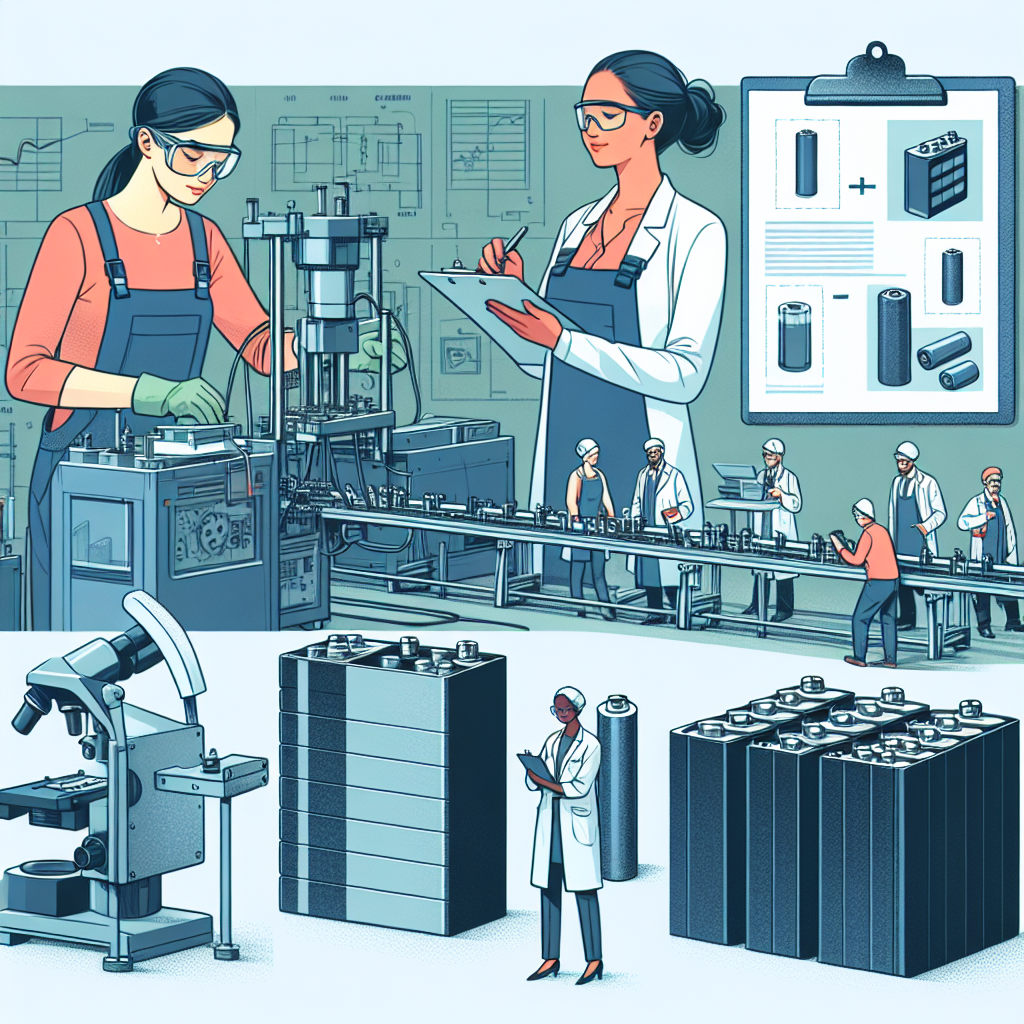New Zn-Air Battery Device Revolutionizes Energy Solutions for Remote Areas with Extreme Cold
A notable advancement in this field comes from Dr. Aniruddha Kundu, a DST Inspire Faculty Fellow, and his team at CSIR-CMERI, Durgapur.

- Country:
- India
In a groundbreaking development, researchers have introduced a device combining an efficient, durable cathode catalyst with an anti-freezing electrolyte for Zn-air batteries, tailored to provide reliable energy in remote areas like the Himalayas where conventional batteries falter due to extreme cold.
As energy demands escalate globally, there is a pressing need for efficient storage systems to harness clean, renewable resources. Lithium-ion (Li-ion) batteries, while common, face limitations due to heavy cathode materials like lithium cobalt oxide and lithium iron phosphate, which constrain their energy density.
Metal-air batteries are emerging as a promising alternative by replacing heavy cathode materials with metals such as lithium (Li), sodium (Na), potassium (K), magnesium (Mg), aluminum (Al), zinc (Zn), and iron (Fe). These batteries use oxygen (O2) at the air electrode to significantly enhance energy density. Despite their potential, challenges such as low energy generation rates and high overpotentials at complex multi-phase interfaces remain.
To address these issues, researchers are developing high-efficiency heterogeneous catalysts. Multifunctional catalysts capable of accelerating the oxygen reduction reaction (ORR), oxygen evolution reaction (OER), and hydrogen evolution reaction (HER) are particularly promising. They offer reduced material usage, simplified designs, and improved energy utilization.
A notable advancement in this field comes from Dr. Aniruddha Kundu, a DST Inspire Faculty Fellow, and his team at CSIR-CMERI, Durgapur. They synthesized a novel cathode material by integrating CoFe alloy and Fe3C nanoparticles using an in-situ growth technique. The result is a biphasic Co0.7Fe0.3/Fe3C (CoFe alloy/iron carbide) heterostructure embedded in N-doped carbon sheets.
This CoFe/Fe3C alloy/carbide hybrid structure enhances both durability and catalytic performance, demonstrating remarkable efficacy in both liquid and solid-state zinc-air batteries (ZABs), even under sub-zero temperatures. The development of a liquid-state ZAB using the Co0.7Fe0.3/Fe3C air-electrode, Zn foil as anode, and 6 M KOH as an electrolyte, coupled with a flexible and stable PVA-CMC based gel electrolyte, underscores the practical applications of this technology.
The innovative device, detailed in the journal Advanced Functional Materials, integrates these advancements into a portable, flexible, and lightweight form factor. This makes it an excellent choice for diverse applications, from everyday consumer use to critical military and defense operations in remote and challenging environments.
By offering reliable energy solutions in harsh climates, this technology represents a significant step forward in creating sustainable and resilient energy systems that can meet the demands of various users, paving the way for enhanced energy independence in even the most extreme conditions.
- READ MORE ON:
- Zn-Air Battery Device
- Lithium-ion










